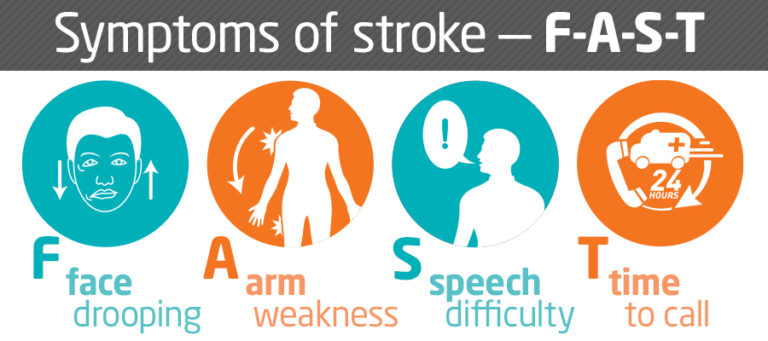Stroke
Objectives of this presentation
1. To learn ‘What is a stroke?’
2. To identify the F.A.S.T symptoms when having a stroke
3. A road map to Quality Stroke Care
4. To explore the areas of impairment following a stroke
5. Rehabilitation pathway after discharge from the hospital
Key facts to remember
1. A stroke patient should be screened for a swallowing assessment by a trained healthcare professional (e.g nurse) within the first 4h upon arrival at the hospital before being given any food, drinks or medications orally
2. If the screen indicates problems in swallowing, the patient should be referred to a speech therapist for a formal swallowing assessment preferably within 24h of admission and not more than 72h afterwards
3. Speech therapists should also conduct a formal speech and language assessment if the patient presents with communication difficulties
4. It is important to act quickly to prevent complications and reduce mortality
5. Up to 78% of stroke patients present with swallowing difficulties immediately after the stroke. Approximately 50% of the swallowing difficulty cases resolve within 7 days
6. Higher intensity stroke rehabilitation therapies can improve the quality of life for the adults who have had a stroke
7. Ideally, adults having stroke rehabilitation in the hospital or in the community settings should be offered at least 45 minutes of therapy for a minimum of 5 days a week in the first few weeks

